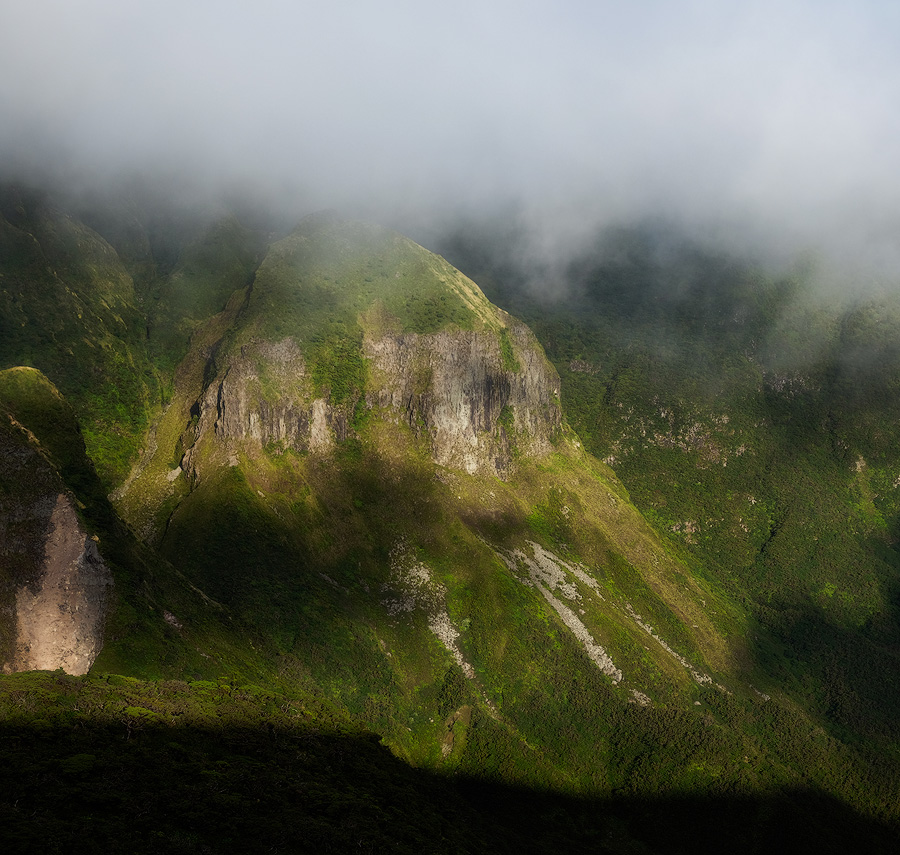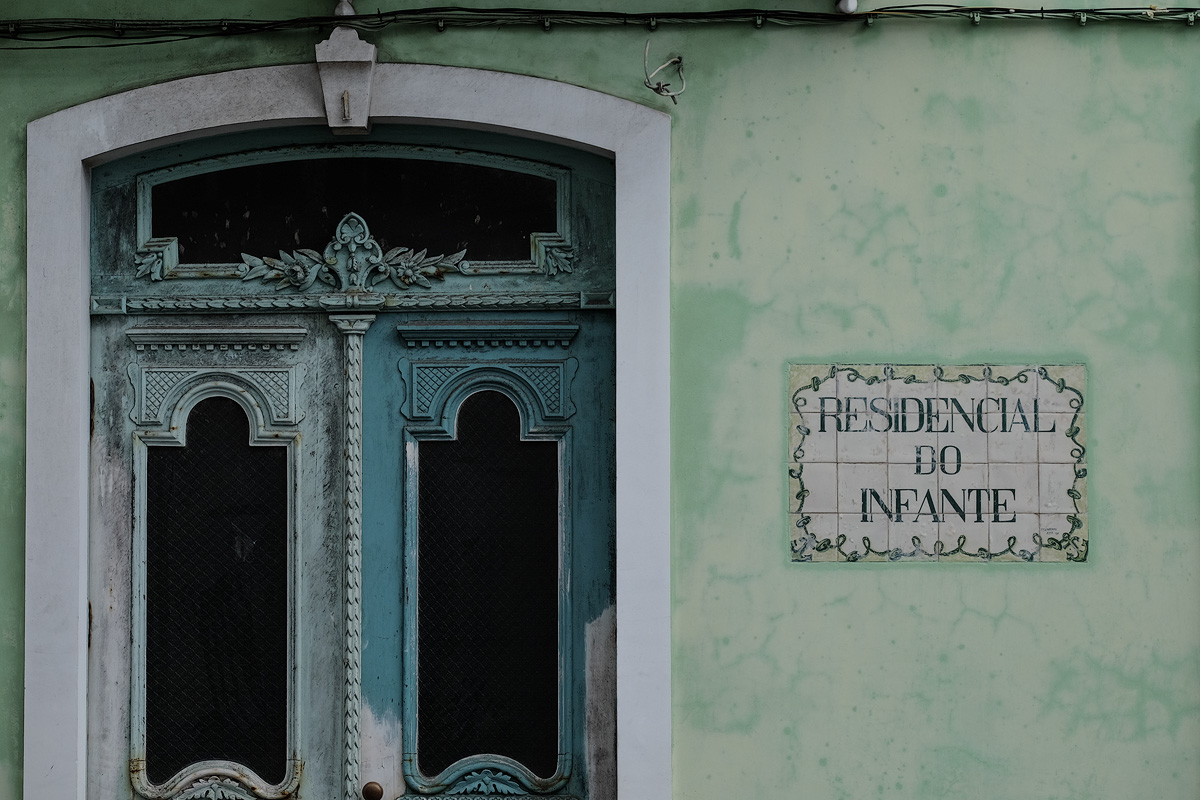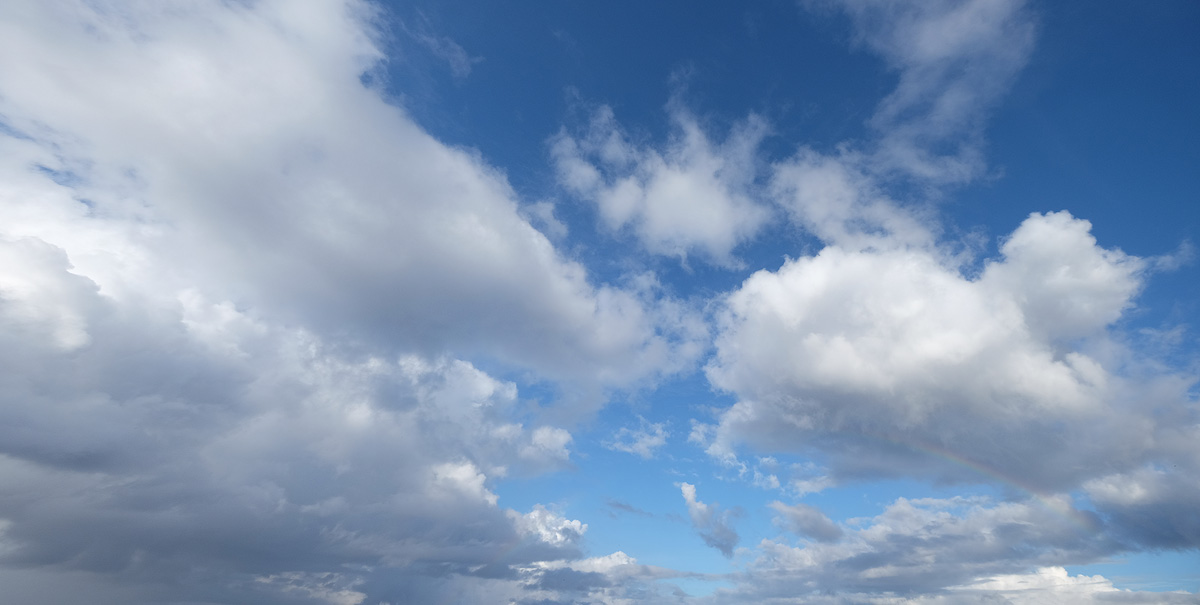AZORES PART 2: FAIAL
On our trip around the Azores we'd planned three nights in Faial, mostly because I was fascinated with the view it had of neighboring Pico and its mountain, but we soon realized that it was a beautiful island in its own right.
On our first day there we drove over to Almoxarife, a small village on the coast on the other side of a headland from the capital Horta. It's a reall pretty little town and we spent a large part of the afternoon diving into the sea from the concrete piers with the the locals. The beaches here are all pretty steep and rocky, and there's something incredibly enjoyable about leaping into the ocean like that. The water in the Azores is much warmer than in mainland Portugal and in such a hot and humid place it was great to jump in.
We had a late lunch there then headed up to he caldera, the huge crater in the centre of the island which make it pretty obvious that it is actually a volcano. The road up there is incredibly beautiful with fantastic vegetation and great views across the island and over to Pico. From there we headed to the west side of the island with me constantly stopping to photograph the views or the forests. We arrived at Capelinhos on the westernmost part of the island, a surreal place with a deserted lighthouse that stands alone in the midst of a desert of black sand. Beyond the lighthouse there is another headland of dark brown rock surrounded by black sand and bare brown earth that looks almost like the surface of another planet. After all the lush green vegetation of the rest of the island the barrenness of this tiny corner feels bizarre. And why would someone build a lighthouse so far away and below the headland? The answer is they didn't, the lighthouse was once at the edge of the island until in 1957 there was a huge volcanic eruption a few hundred meters offshore. This created a new island which then joined together with the existing headland causing the incredible landscape that you can see today. The area has been preserved with the museum of the event built below ground leaving the deserted lighthouse as the only remaining building in the area. The effect is stunning and I spent some time shooting the lighthouse and the surrounding cliffs.
I then headed towards the coast to try to shoot the black volcanic headland created by the eruption. It proved really challanging as the sun was so far in the west that it caused the headland to just silhouette rather than illuminating it with light, and the angle of the coast made it difficult to find a foreground that worked. I struggled to include the lighthouse, and feel that the different elements of the image don't really work together, besides the fact that there no clouds at all to give the sky interest.
The following day we ended up doing similar things to the previous day except I got up early to shoot the sunrise. I headed over to the beach we'd swum at on the previous day because of its beautiful round rocks and its views across the water to Pico. I had the entire beach to myself, it was wonderful.
As soon as the sun came over the horizon it became impossible to shoot into such strong light, so noticing that the caldera above me was covered in cloud I decided to drive up to the top on the off chance that it was actually above the cloud and would give me the opportunity to shoot Pico above a cloud inversion. I didn't see a single car on the roads and so got there in just 20 minutes arriving there a little less than an hour after sunrise. By that time the sun was quite strong so it was tricky to make the image work, but I managed to capture a decent shot of the cloud inversion with Pico beyond.
I then turned the camera the other way to capture the mist that was forming around the top of the caldera and cascading down into it. It was a fantastic view and as I headed back down to town my good luck continued when I drove back into the cloud and turned in a long avenue where trees lined the road just as the mist and sun combined to create a really beautiful scene. I quickly stopped, turned the car around to get it out of the scene, and then photographed the tree lined road before the light disappeared.
The rest of the day was spent swimming again and wandering around the town taking pictures. The port at Horta is usually the first stop boats that have crossed the Atlantic make. There's a tradition of commemorating the journey by adding to the collection of murals on the dock wall.
Also at the port we had a great lunch where we were brought fresh tuna and a hot stone to the table so we could sear the fish ourselves. Lovely!
In the afternoon we decided to explore the roads around the north of the island. The weather was incredibly changeable giving us some great skies and dramatic light.
I decided that I'd like to try to shoot Capalinhos again now we had a more interesting sky so we returned to the old lighthouse which I photographed again, as well as doing more shots of the cliffs and surrounding area.
I found a different spot next to the ocean from which to photograph the sunset and although the rock formations made for some incredible water movement, the sea was pretty powerful so I kept moving back to ensure I didn't get washed away. Once again I struggled to find a composition that really worked with the volcanic headland but besides that it was just a pleasure to get my feet wet and shoot in such a lovely place
By now we were having trouble choosing which island we liked more, Faial or Pico. Both are wonderful in slightly different ways. Pico is slightly more raw and untouched, Faial slightly less wild but perhaps a little more varied. On both islands the people are incredibly friendly and while there is clearly tourism here, it's mostly of the kind that hasn't impacted on the communities or natural beauty of the islands. There are no big hotels and the beaches are still predominately frequented by locals, the food is traditional and in most parts of the islands life probably hasn't changed much in the last 30 or 40 years. However there's clearly lots of investment here. The roads are good, the ferry and flight connections excellent with new boats and planes. I really hope it can continue pretty much in the same way as tourism grows here, as it inevitably will. In both places I found lots of locations I would like to shoot in peak light if/when I return, and despite the fact that by the time I left Faial I hadn't seen another photographer with a tripod (the first time ever while on a foriegn trip) I'm pretty sure that these islands will make their way onto many photographers itineraries sooner or later.
Of course there is a downside. The location of the island in the centre of the ocean means they are very susceptible to changeable weather and storms. After we arrived in Faial we were warned that a category 1 hurricane was forecast to move through the islands on the day we'd booked to fly out, and indeed it did, despite being downgraded to a tropical storm. The eye of the storm actually passed right over Flores, our next destination.
We were told to go to the airport and wait for developments and after a couple of hours at the airport, which to be honest with its stunning views over the ocean and neighboring Pico is probably one of the better airports to be stuck at, the flight was canceled due to the incredibly high winds. The airline, SATA, put us up for the night in a hotel in town with all meals included before picking us up the following day to take us back to the airport for our rescheduled flight to Flores.






















